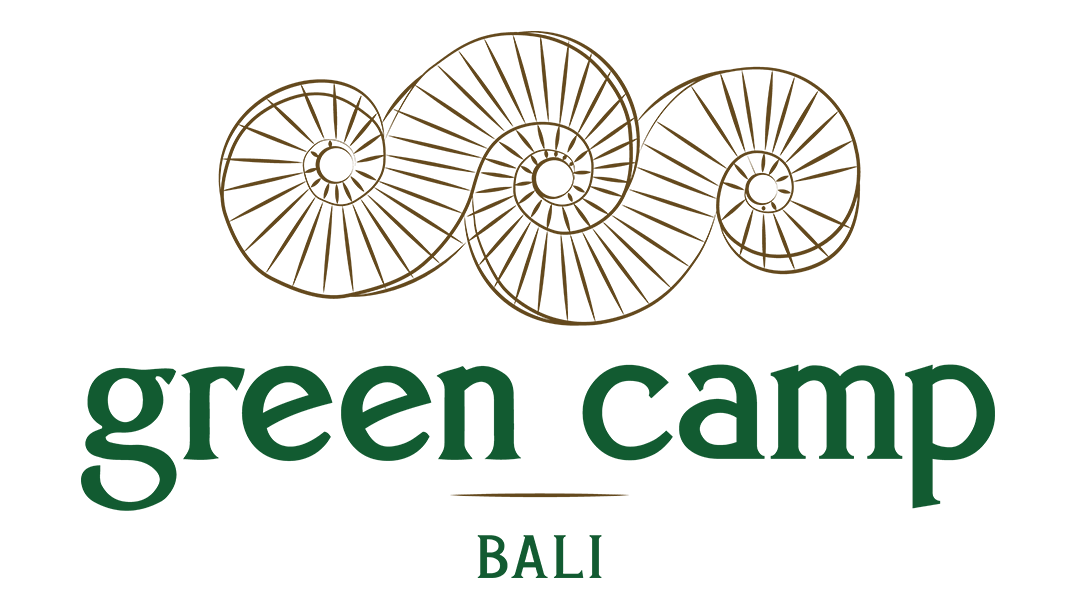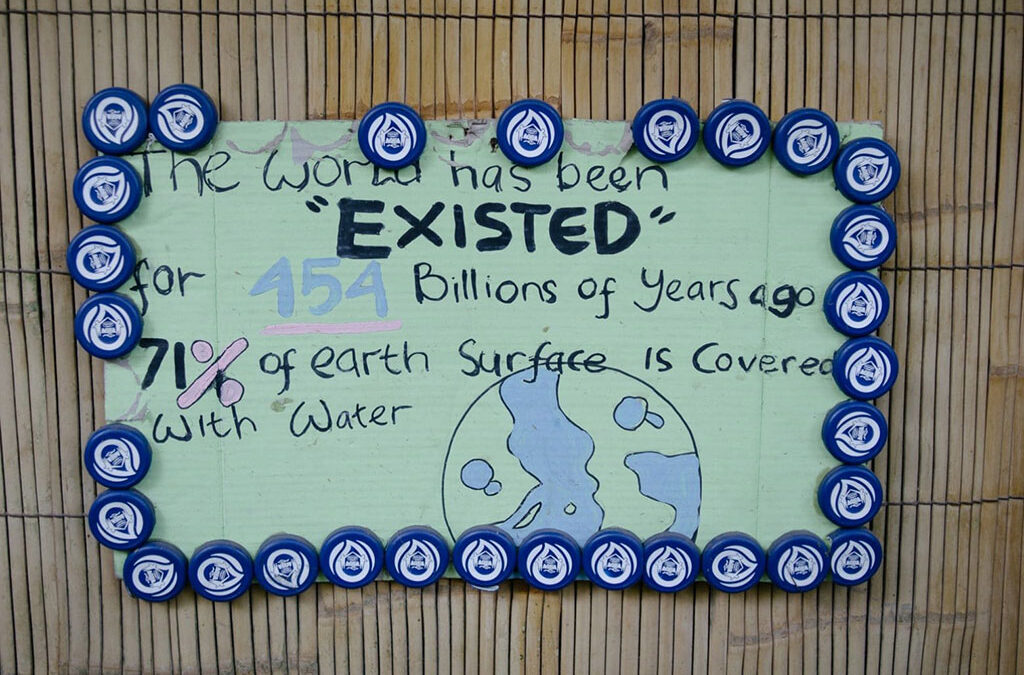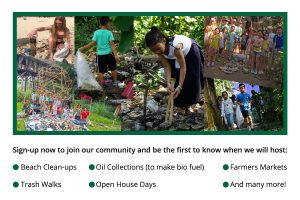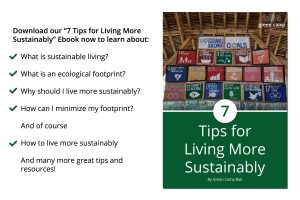Where can you download high-resolution images of Van Gogh and other master artists? What can you find in the CIA’s public library? Learning doesn’t have to stop in the classroom with this shortlist of online education sources.
The CIA’s Library
Let’s start with the basics. Where better to look than the United States of America’s Central Intelligence Agency when seeking intelligence? No, it doesn’t divulge classified information, but it can be your go-to source for general world knowledge. More consistent than Wikipedia, it includes information on the history, people, government, geography, transportation, and more for an A-Z list of countries. Check it before traveling to a new country or hearing about an unfamiliar nation in the news. Flying to Indonesia? The library will tell you that it’s “the world’s third most populous democracy, largest archipelago state, and largest Muslim-majority nation” and is almost three times the size of Texas. Bonus: make like a spy in their kids zone which offers code breaking, concentration, and spot-the-difference games.
The Met Museum’s Art Collection
Want to print a Van Gogh for your classroom? Or collage a Botticelli angel for an advertisement? It’s actually—legally—possible thanks to New York’s Metropolitan Museum of Art granting open access to select art pieces. In partnership with Creative Commons, anyone can use the selected pieces for commercial and non-commercial use—free of charge, sans permission. How? Visit the MET’s art archives and filter searches to “show only” > “public domain artworks”. Artworks are thoughtfully categorized with themes like monsters and mythological creatures, gold, cats, and masterpiece paintings.
Mindshift
What is the future of education? The conversation begins at MindShift. A good resource for ideas shaping education, browse articles on their blog or follow curated reposts on their Twitter. They cover culture, tech, and trends; with topics like 5 Things to Know About Kids and Their Screen Time, the Dalai Lama on kindness in schools, to the benefits of gardening for kids. If you prefer to learn via listening, they have a free podcast touching on subjects from over-parenting, sex education, to re-designing better classrooms.
TED-ED
You’ve probably heard of TED Talks’ “ideas worth spreading.” Well, TED-Ed focuses on “lessons worth sharing.” Such lessons span arts, design, math, business, to philosophy and in typical TED-style, you don’t need to be a student or teacher to feel engaged in their content. Everything is in a video format; offering digestible, educational information. Examples cover: origins (Where Do Superstitions Come From?), random musings (Will the Ocean Ever Run Out of Fish?) to pop culture (What Makes Things Cool?). Filter searches by student level (from elementary to university), video duration (3 to 18 minutes), or available subtitles (covering Cantonese, Hindi to Welsh). After watching a video, you can even take a quiz, browse recommendations for further reading, or view talk points for discussions. For educators: they have a lesson planner so that you can compile a video, lessons, and unique URL for sharing. Check out their websiteor subscribe to their YouTube channel.
What fuels your love of learning? Share it with us by tagging a post with #beyondtheclassroom and @greencampbali.



